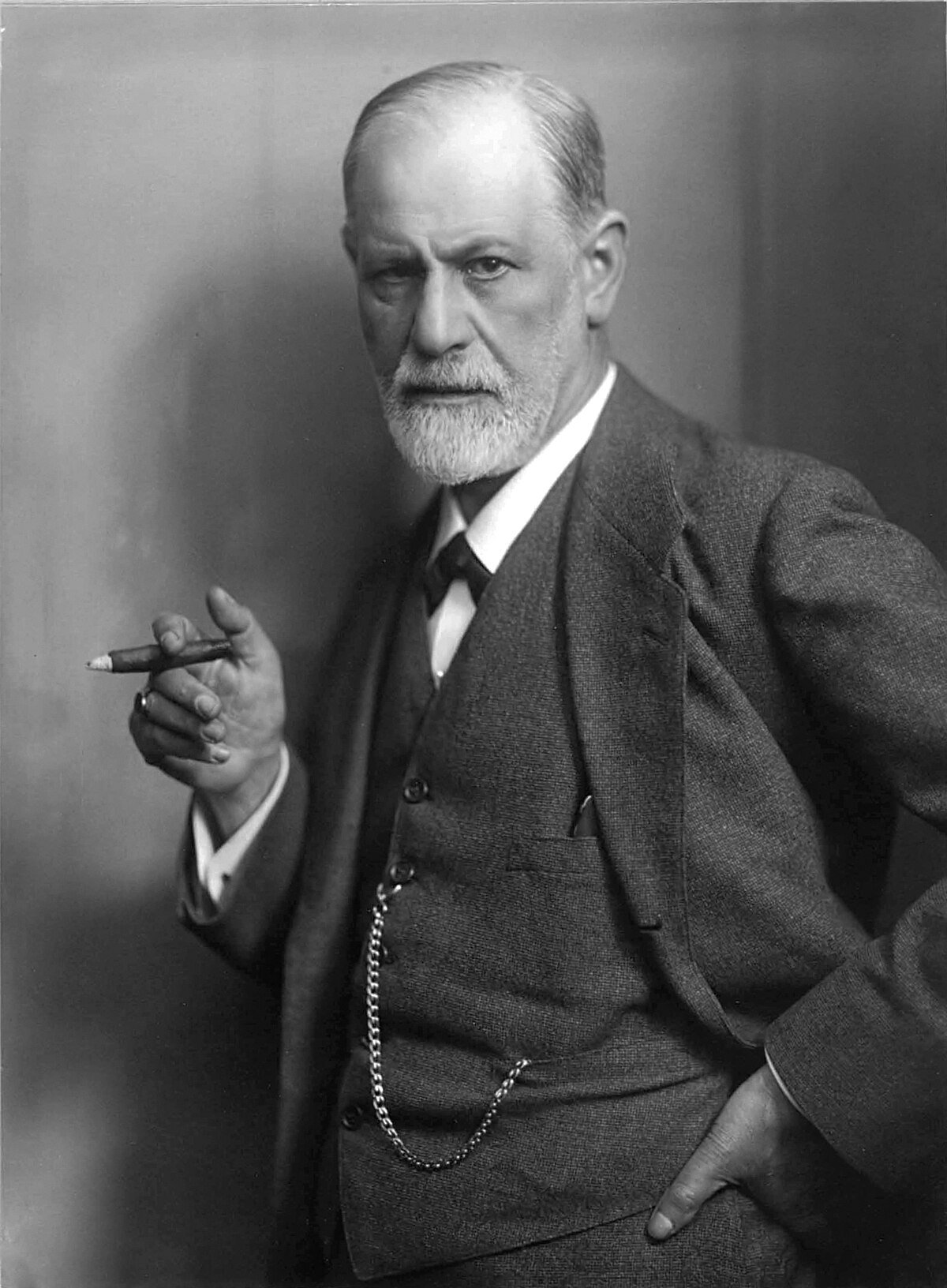Active Endurance Lifestyle
/There are many different lifestyles: city, young, quiet, noisy, outgoing, lazy, family, etc. Nowadays, with an amazing growth of outdoor sports participation, endurance and ultra-endurance events and races of all different styles, and all kinds of industries and brands playing in the outdoor and sport participation market, there is also a trend to active endurance lifestyle.
This lifestyle is practiced by people of all ages who love being outdoors, who like to be active and who want to explore nature and places in different ways. They travel to participate in races and events, sometimes worldwide, they build their holidays and free-time around such events and also trainings camps, their social life evolves around their sports clubs and cycling/running groups.
What I love about it? Everything! (with a small exception of travelling with a huge bike box :-)). You stay fit, connected, focused and curios, you bring adventure into your life (as much as you tolerate :-)) If you are on your bike, it is a slower, greener and much more authentic way to explore places then going by car. If you run or hike, you kind of become a local in all these places. And I would always recommend (and I always do) to take off your cycling/running outfit from time to time and go see local museums and events. It makes the whole trip a truly diverse and unforgettable experience.
Travelling on business? Just add your running/swim/gym kit to your luggage, and your business trip will never be the same! And if you have enough miles and a couple of days to add to your trip, then why not bringing your bike along? Hopefully, your CEO is an Ironman or cyclist too and will understand :-)
Good luck and happy holiday travels in an active endurance lifestyle way!












